Comments / Questions (5)
![]() Giulia wrote:
Giulia wrote:
Buongiorno, chiedo scusa ma non ho capito una cosa: all'inizio dei giri di A2 non bisogna fare le catenelle per alzarsi e la maglia bassa per chiudere? Perché non facendole, i punti vengono molto storti, quasi in verticale, e non so se è corretto. Grazie mille, Giulia
26.09.2024 - 12:56
![]() Ditte wrote:
Ditte wrote:
Jeg synes jeg har læst opskriften mange gange nu. Jeg har brug for hjælp til at starte op. Hvor mange stangmasker skal jeg lave i luftmaske-ringen?🤷🏼♀️
10.01.2022 - 20:26DROPS Design answered:
Hej Ditte. Jag ser att opskriften manglade på dansk, men den är nu tillagd. Du skal lave 10 stangmasker i luftmaske-ringen. Mvh DROPS design
12.01.2022 - 14:31
![]() Luce Pasquet wrote:
Luce Pasquet wrote:
Merci pour votre réponse. J'ai trouvé mon erreur. En fait, j'ai fait mon 3e rang de nopes dans les arceaux du tour précédent au lieu de faire les nopes en sautant 2 brides. Ainsi je suis bien tombé sur 150 brides à la fin du A2. Merci encore.
05.10.2021 - 10:57
![]() Luce Pasquet wrote:
Luce Pasquet wrote:
Bonjour, j'ai un problème pour la réalisation de ce béret. J'ai bien mes 90 brides à la fin de A1 mais à la fin de A2 je n'ai que 8 motifs de 15 brides soit un total de 120 brides et non 150 brides (modèle S/M). J'ai vérifié mes 6 rangs de A2 et je ne vois pas où j'ai fait l'erreur. Y aurait-il une maille en l'aire entre chaque groupe de 3 brides qui n'est pas signalé sur le graphique ? Merci pour votre aimable réponse. Luce.
04.10.2021 - 17:04DROPS Design answered:
Bonjour Mme Pasquet, vous répétez 10 fois A.2, et chaque A.2 doit avoir 15 brides au dernier tour, ainsi vous devez bien avoir 150 brides au dernier tour. Vérifiez que vous avez bien 3 brides autour de chaque arceau à la fin de A.2 (et que vous avez bien augmenté aux tours 2 (= 4 brides dans chaque arceau) et 4 (= 4 brides, 3 brides, 4 brides, 3 brides) dans chaque arceau du tour 4). Bon crochet!
05.10.2021 - 07:00
![]() Susan B King wrote:
Susan B King wrote:
When pattern is available I want to try is!
05.08.2021 - 23:30
Quiet Places#quietplaceshat |
||||||||||||||||||||||
 |
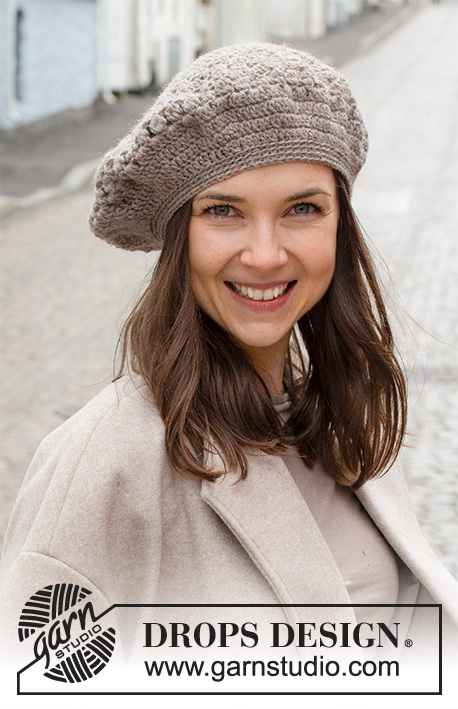 |
|||||||||||||||||||||
Crocheted beret in DROPS Karisma. Piece is crocheted with bobbles.
DROPS 225-21 |
||||||||||||||||||||||
|
---------------------------------------------------------- EXPLANATION FOR THE PATTERN: ---------------------------------------------------------- CROCHET TIP FOR CHAIN STITCH: If you work at the end of crochet hook the chain stitch will often be too tight. 1 chain stitch should be just as long as 1 treble crochet is wide. PATTERN: See diagram A.1, A.2 and A.3 (choose diagram for your size (applies to A.2 and A.3). CROCHET INFORMATION: At the beginning of every round in diagram A.1 to A.3 work 3 chain stitches. The chain stitches do not replace first treble crochet but is worked in addition to the remaining stitch on round. Finish round with 1 slip stitch in 3rd chain stitch on round At beginning of every round with double crochet work 1 chain stitch, this chain stitch does not replace 1st double crochet. Finish round with 1 slip stitch in first double crochet on round DECREASE TIP (evenly): To calculate how to decrease evenly, use the total number of stitches (e.g. 100 treble crochets) and divide stitches by number of decreases to be done (e.g. 12) = 8.3. In this example decrease by crocheting alternately approx. every 7th and 8th double crochet and every 8th and 9th double crochet together. Work 2 double crochets together into 1 double crochet as follows: Insert hook through first stitch and get the yarn, insert hook through next stitch and get the yarn (= 3 loops on hook), make 1 yarn over and pull yarn over through all 3 loops on hook (= 1 stitch decreased). ---------------------------------------------------------- START THE PIECE HERE: ---------------------------------------------------------- BERET – SHORT SUMMARY OF PIECE: The piece is worked top down. BERET: Begin on hook size 4 mm and DROPS Karisma. Work 6 chain stitches - read CROCHET TIP FOR CHAIN STITCH, and form a ring with 1 slip stitch in 1st chain stitch on round. Work pattern according to diagram A.1 10 times in total round on round– read CROCHET INFO. REMEMBER THE CROCHET TENSION! When A.1 has been worked vertically, there are 90 treble crochets on round for both sizes. Now work A.2 (choose diagram for your size) over every repetition of A.1 (= 10-10 repetitions of 9 stitches). When A.2 has been worked vertically, there are 150-160 treble crochets on round. Then work diagram A.3 (choose diagram for your size) over every repetition of A.2 (= 10-10 repetitions of 15-16 stitches). When A.3 has been worked vertically, there are 100 treble crochets on round for both sizes. Work 1 round with 1 double crochet in back loop of every treble crochet and decrease at the same time 12-18 treble crochets - read DECREASE TIP = 88-92 double crochets. Work 2 more rounds with 1 double crochet in back loop of every stitch. Cut and fasten the yarn. Beret measures approx. 22-23 cm from top and down. |
||||||||||||||||||||||
Diagram explanations |
||||||||||||||||||||||
|
||||||||||||||||||||||
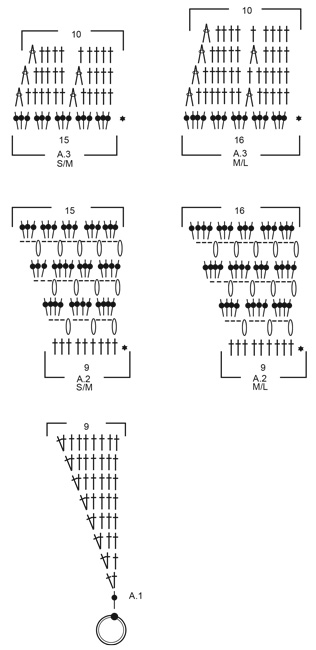 |
||||||||||||||||||||||
Have you finished this pattern?Tag your pictures with #dropspattern #quietplaceshat or submit them to the #dropsfan gallery. Do you need help with this pattern?You'll find 11 tutorial videos, a Comments/Questions area and more by visiting the pattern on garnstudio.com. © 1982-2025 DROPS Design A/S. We reserve all rights. This document, including all its sub-sections, has copyrights. Read more about what you can do with our patterns at the bottom of each pattern on our site. |
||||||||||||||||||||||







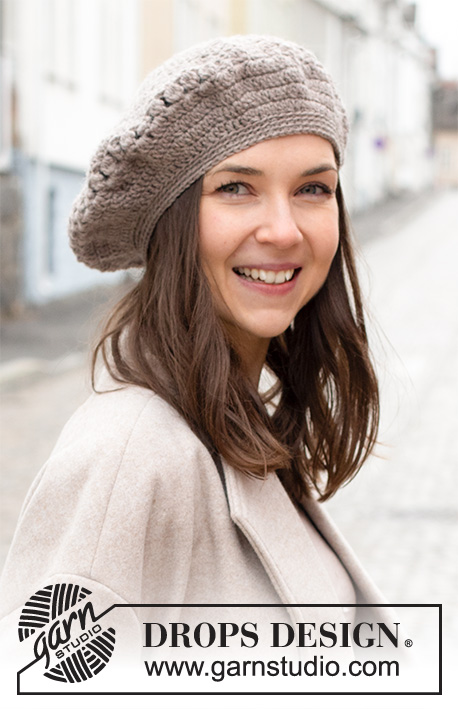
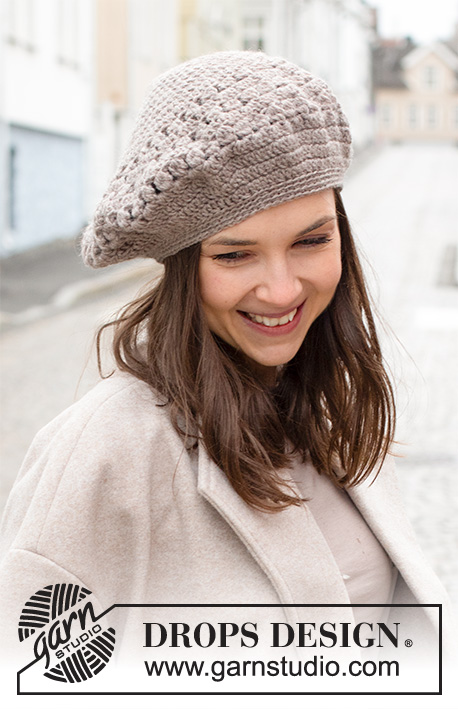
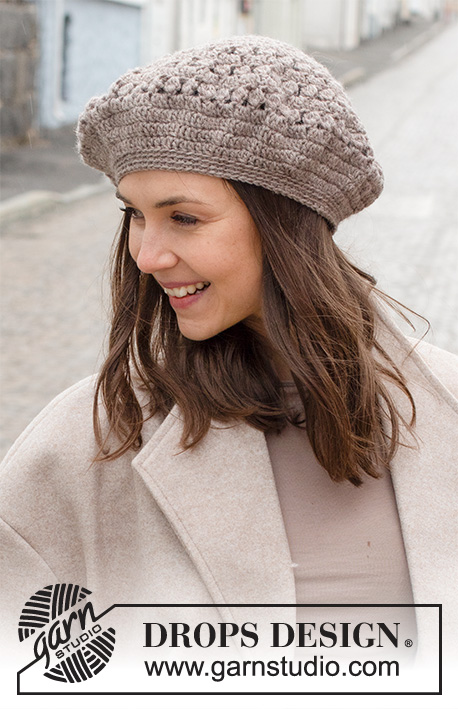

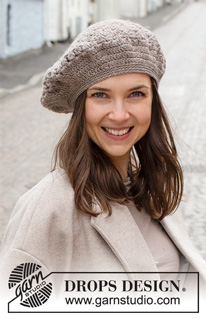
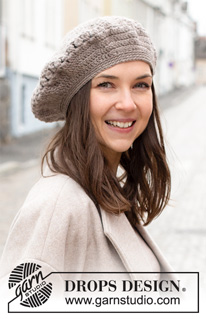
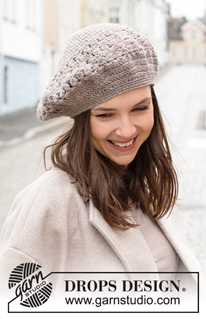
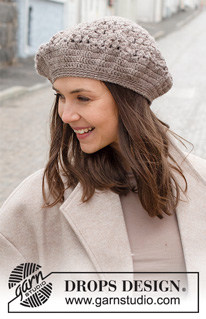






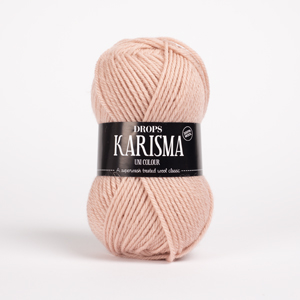
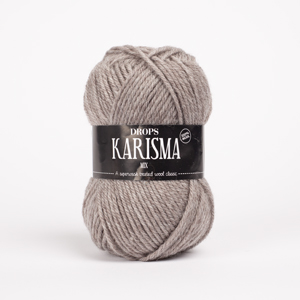



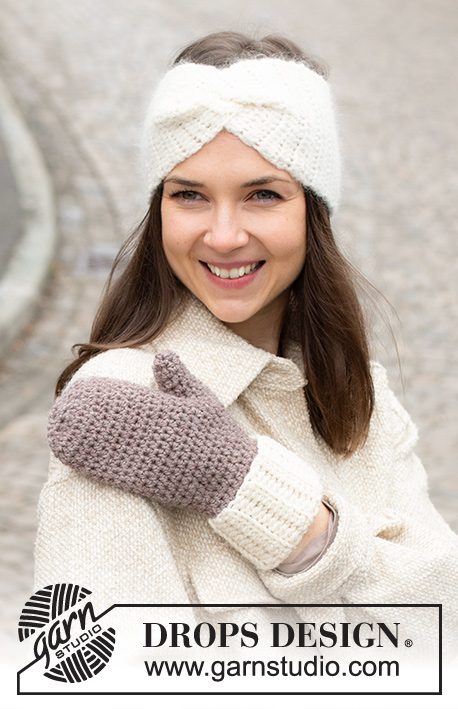



















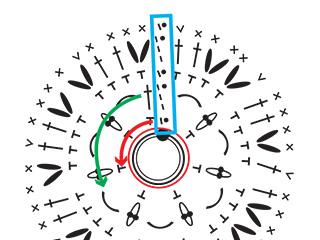



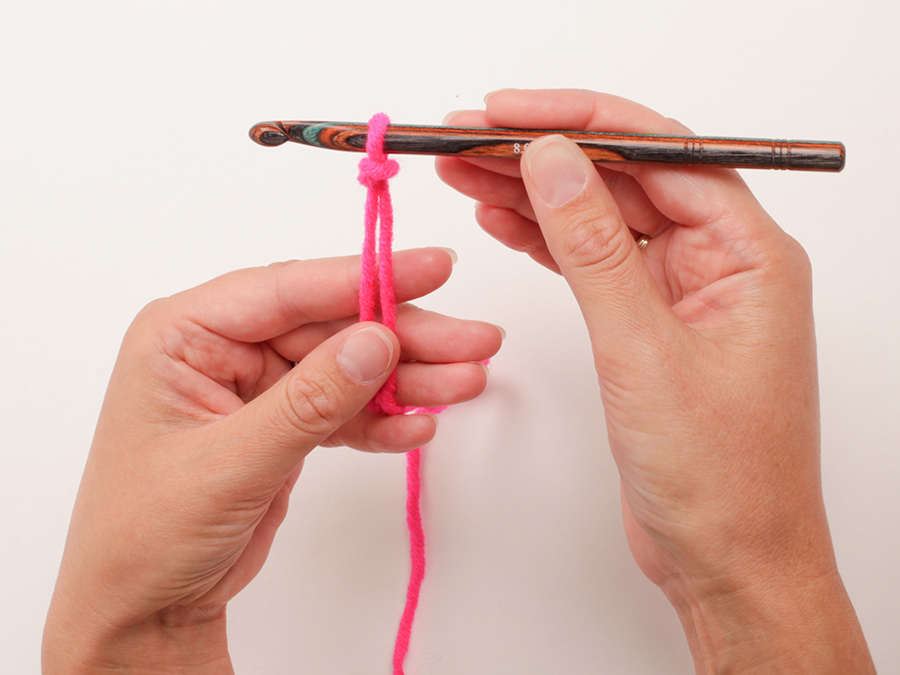
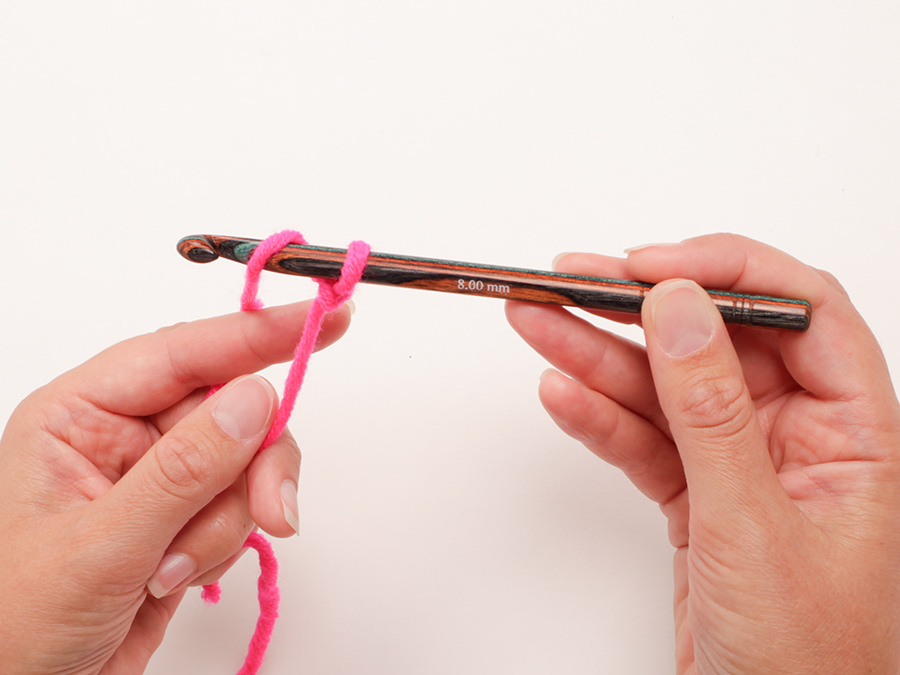

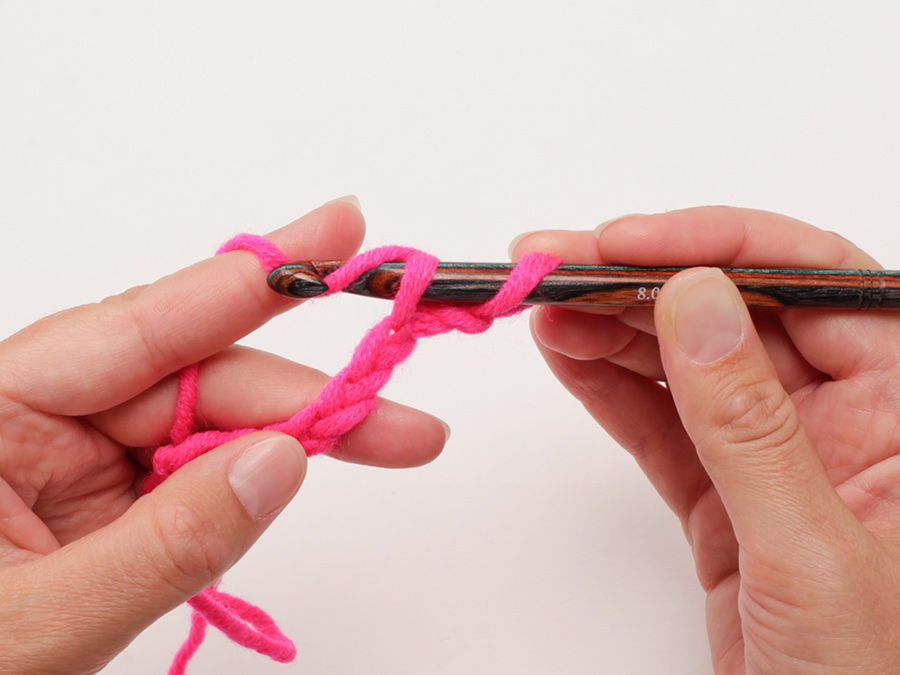
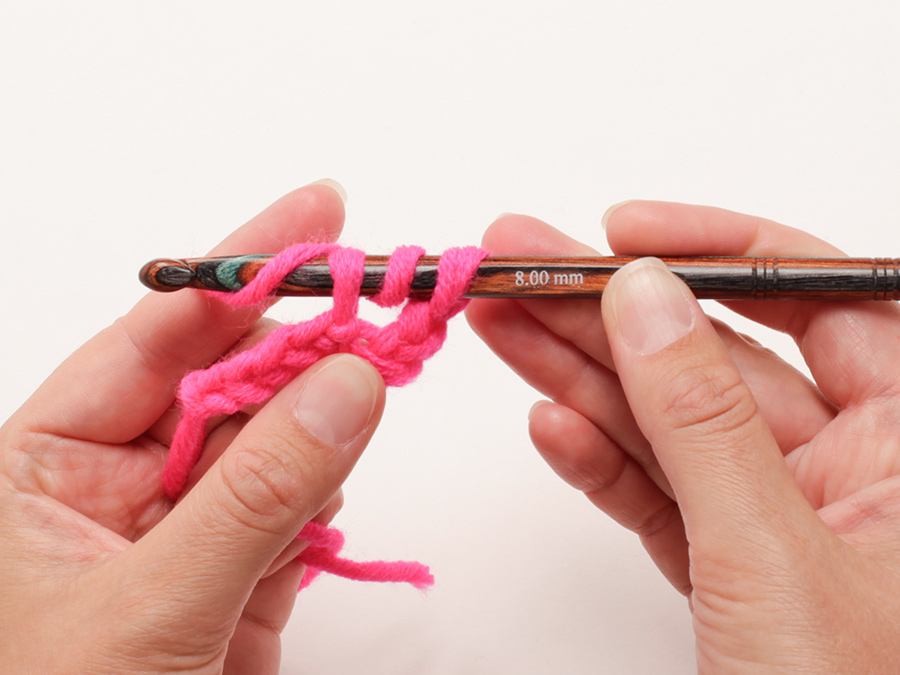
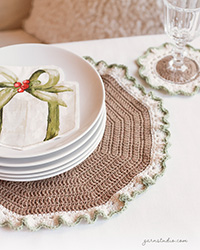
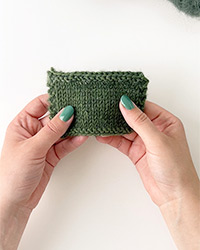

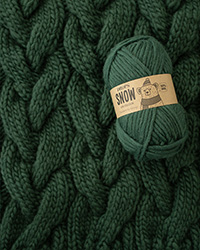
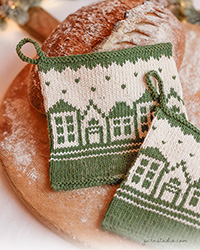
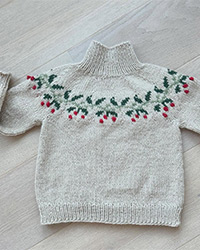
Post a comment to pattern DROPS 225-21
We would love to hear what you have to say about this pattern!
If you want to leave a question, please make sure you select the correct category in the form below, to speed up the answering process. Required fields are marked *.